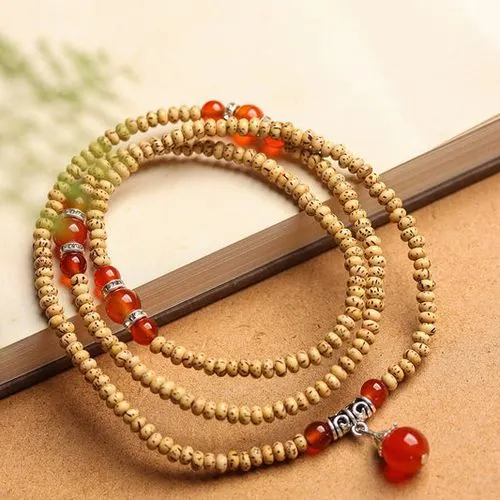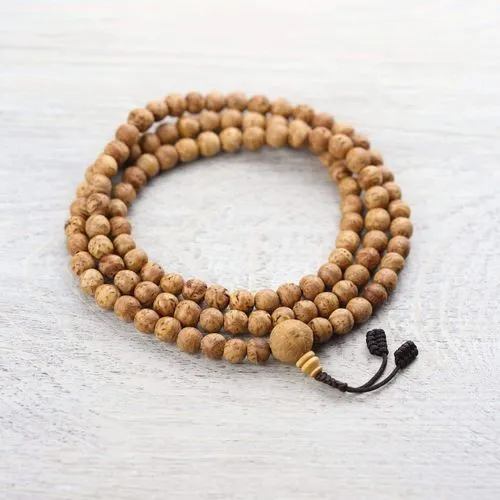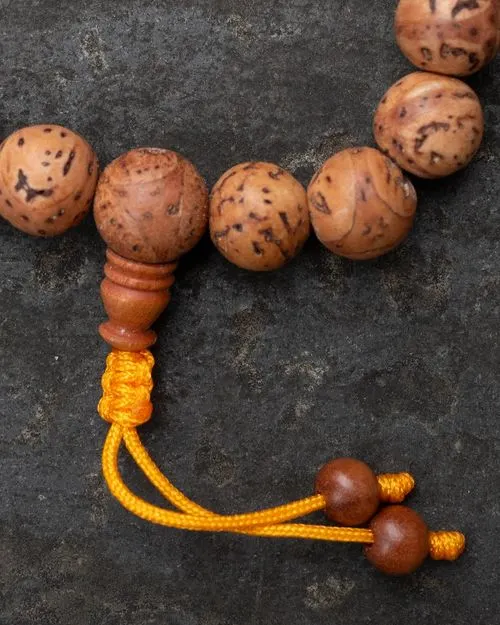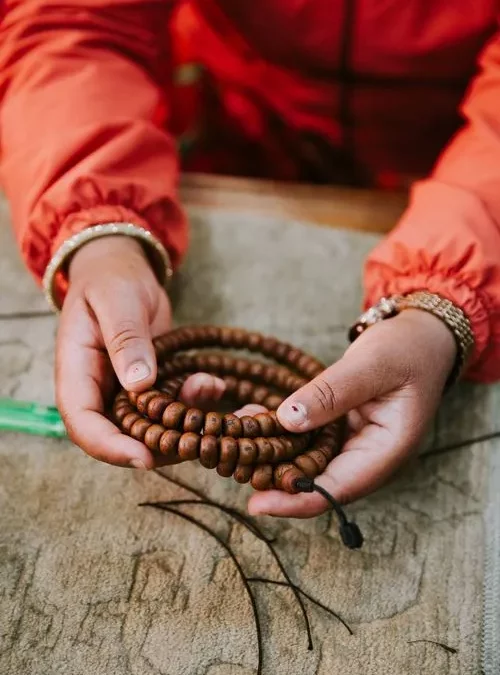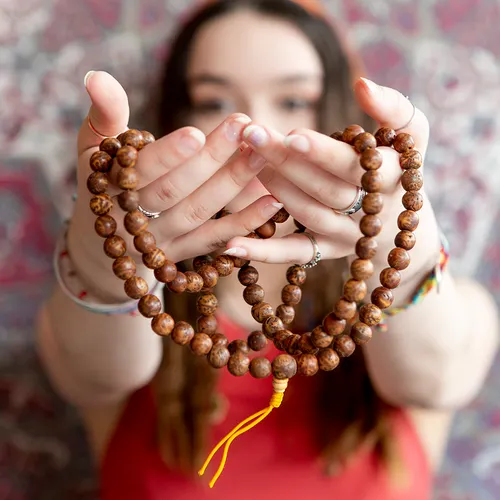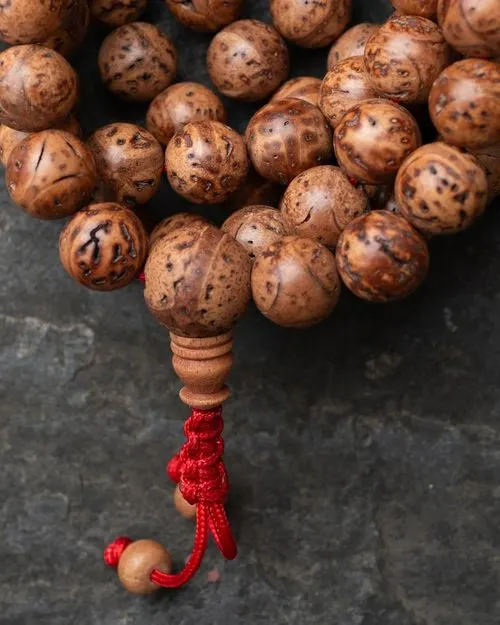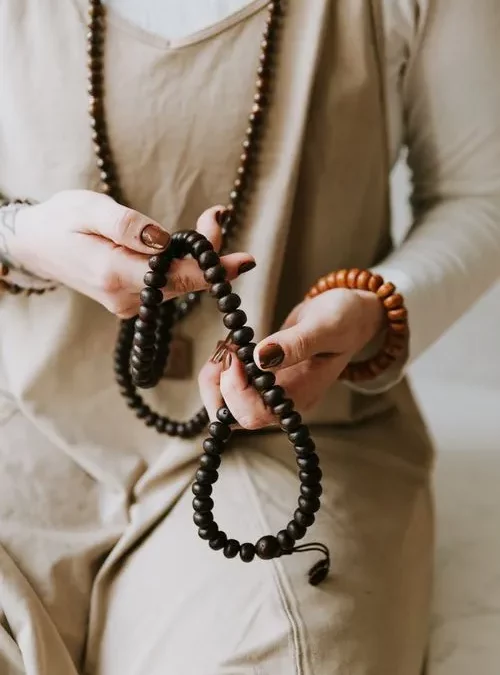
The Best Kinds of Bodhi Seed Malas
Mala beads have long been used as sacred tools for meditation, prayer, and spiritual connection. Among them, Bodhi seeds malas hold a special place in the hearts of practitioners — not just for their deep spiritual symbolism, but for their grounding texture and natural beauty. But did you know there are different kinds of Bodhi seed malas, each with its own unique qualities?
In this post, we’ll explore the best kinds of Bodhi seed malas, how to recognize them, and what makes each type special.
Traditional Bodhi Seed Malas
This is the classic variety, often sourced from the Bodhi tree species Ziziphus or Elaeocarpus. These seeds are typically round with a smooth surface and a naturally dotted pattern — each “eye” or spot represents spiritual insight.
Why we love it:
-
Traditionally used by monks and serious practitioners
-
Develops a beautiful patina over time
-
Grounding and comforting to hold
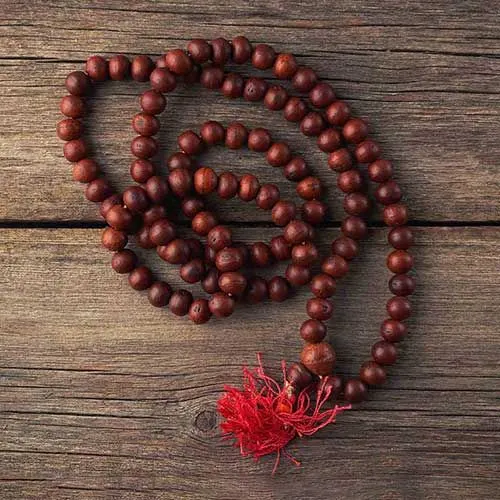
Phoenix Eye Bodhi Seeds
These seeds are named for the “eye” marking on each bead, resembling the eye of a phoenix. They are very popular in Tibetan Buddhism and are thought to offer spiritual protection and clarity of mind.
Why we love it:
-
Unique markings give each bead character
-
Highly prized in Himalayan traditions
-
Durable and often paired with turquoise or coral spacers
Lotus Root Bodhi Seeds
Despite the name, these aren’t from the lotus plant. Instead, they come from the wild date tree. Their lighter color and smooth surface make them a favorite for those who enjoy a clean and elegant look.
Why we love it:
-
Smooth, polished finish
-
Lightweight and easy to wear
-
Great for modern or minimalistic styles
Moon and Star Bodhi Seeds
These beautiful seeds are named for the tiny star and moon-like markings on their surface. Often cream or ivory in color, they are seen as auspicious and connected to cosmic energy.
Why we love it:
-
Stunning visual patterns
-
Symbolic of balance between light and darkness
-
Often used in high-quality, artisan malas
Mini Bodhi Seed Malas
For those who prefer something smaller and more discreet, mini Bodhi seed malas offer all the benefits of full-size malas in a more compact form. Ideal for everyday wear or travel.
Why we love it:
-
Lightweight and portable
-
Still powerful in intention and energy
-
Easy to layer with other bracelets or necklaces
Final Thoughts
When choosing a Bodhi seed mala, there’s no single “best” kind — it depends on your personal connection, intention, and aesthetic preference. Some people are drawn to the rugged energy of phoenix eye seeds, while others prefer the soft elegance of lotus root or moon & star varieties.
Whatever type you choose, know that a Bodhi seed mala is more than a spiritual tool — it’s a companion on your journey toward mindfulness, compassion, and self-awareness.
